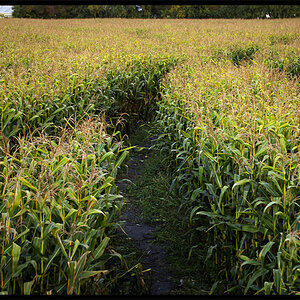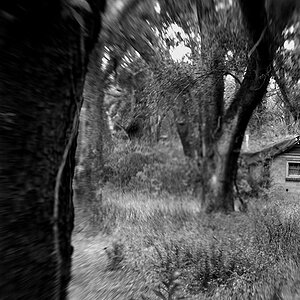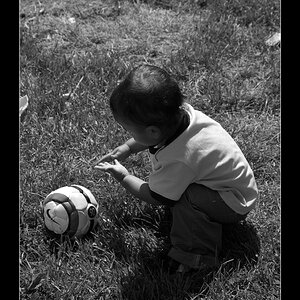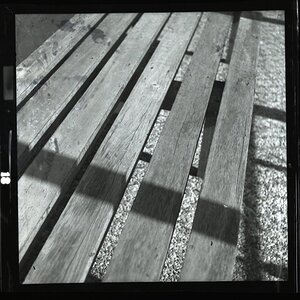- Joined
- Dec 16, 2003
- Messages
- 33,896
- Reaction score
- 1,853
- Location
- Edmonton
- Website
- www.mikehodson.ca
- Can others edit my Photos
- Photos NOT OK to edit
No, not at all.So most sunset pictures are "HDR"? Multiple exposes blended together?
But if you look at a lot of sunset shots with those deep, rich colors, anything in the foreground (like a palm tree) is likely a dark silhouette. We don't often remember seeing only the dark silhouette of the tree, because our eye adjusts to it, but that's what the photo records.



![[No title]](/data/xfmg/thumbnail/39/39294-339c772c727b255b9451f2639f2bc28e.jpg?1619738959)

![[No title]](/data/xfmg/thumbnail/39/39292-4169a355b794ae9735845c4ad45d06ff.jpg?1619738958)






![[No title]](/data/xfmg/thumbnail/30/30870-c7febc7c14dc6447653c2ae2355ffc61.jpg?1619734488)
